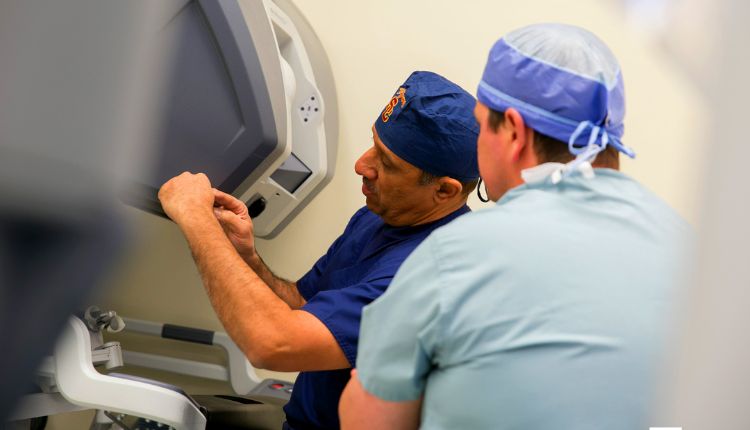Advancements in Urology: A Look into the Future
Imagine this: You’re in the future, prying into the advancements in the field of urology. And, wait for it – you come across Shockwave Therapy. Think about it for a second. This isn’t sci-fi. It’s not some space-age jargon. It’s the face of urology, ready to embrace the future. These are the developments that are pushing the boundaries, ushering in a new era of healing and hope. So, take a moment. Picture the possibilities. It’s a fascinating time, isn’t it?
Demystifying Shockwave Therapy
Shockwave Therapy is making waves, literally. It’s a non-surgical treatment that uses the power of sound waves. These waves repair damaged tissues. They kick-start the body’s healing process. It’s less invasive, it’s efficient, it’s the future.
The Magic Behind the Sound Waves
Sound waves sound simple, right? But there’s science and magic behind them. They stimulate cell growth. They improve blood circulation. Above all, they fight inflammation. The result? Accelerated recovery and reduced pain. It’s as magical as it sounds.
Shockwave Therapy and Urology: A Perfect Match
Urology is raising its game. It employs Shockwave Therapy to address kidney stones and erectile dysfunction. These two conditions affect millions around the world. Shockwave Therapy offers a beacon of hope. It’s a light at the end of the tunnel.
Breaking Down Kidney Stones
Kidney stones are painful. There’s no sugarcoating it. Shockwave Therapy blasts those stones. It breaks them into tiny particles. These particles then pass out of the body naturally. No surgery, no prolonged recovery. It’s revolutionary.
Reviving Sexual Health
Erectile dysfunction is a silent tormentor. It affects self-esteem, relationships, and mental health. Shockwave Therapy is changing the narrative. It’s improving blood flow to the penis. It’s restoring function. It’s bringing hope back to those who thought they lost it.
Looking Ahead
Shockwave Therapy is just the start. The field of urology is evolving. It’s embracing technology. It’s pushing boundaries. And it’s making a difference, one sound wave at a time.




